Ranked: Canada’s most dangerous animals
If you go down to the woods today...

Canada’s provinces boast stunning natural landscapes, just waiting to be explored. But getting back to nature in this diverse country is not without its risks. We’ve ranked the country’s deadliest wildlife by the dangers they pose to humans and other animals, as well as the likelihood of an encounter. Our list spans formidable predators, creepy crawlies and even some cute but deadly critters.
Click through to discover Canada’s most dangerous wildlife…
19. Killer whale (Orca)

We start with killer whales – which are not whales (they’re the largest species of dolphin) and also not killers, at least when it comes to humans. Canada’s orca population is found in the northern Pacific, particularly around Vancouver Island and the Salish Sea.
The largest recorded orca whale weighed 10,000kg (22,046lb) and was 32 feet (9.7m) long. While not a direct threat to humans, orcas are intelligent and fierce marine predators. Their huge size also means they can cause damage to vessels and crews.
18. Sea otter
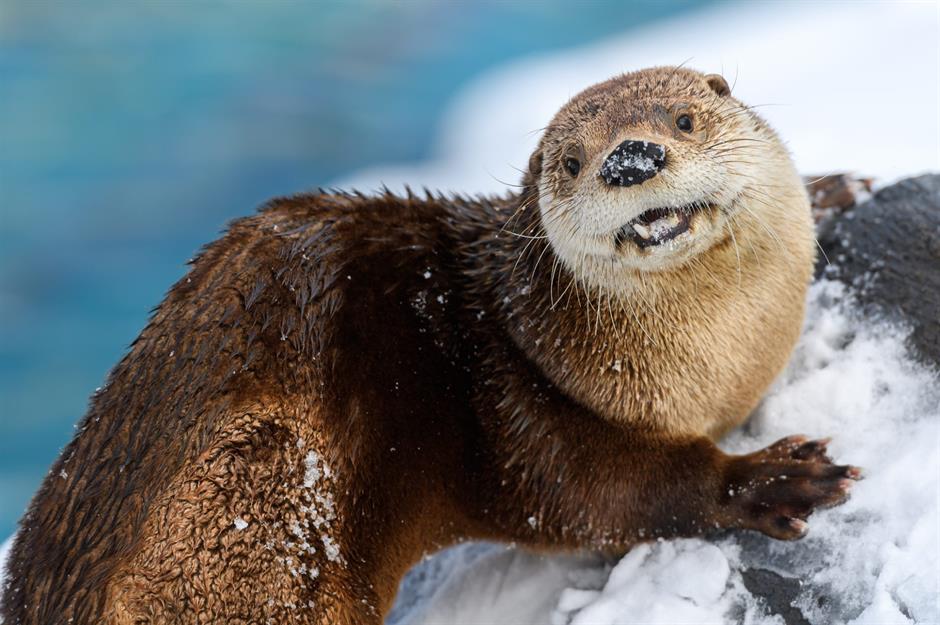
After a steep decline due to the fur trade, sea otter numbers have recovered thanks to reintroduction efforts, and there are now over 8,000 in British Columbia.
While unlikely to attack humans unprovoked, sea otters can become aggressive if threatened. With their sharp teeth, they can deliver a powerful bite, and like many wild animals, they can carry diseases that pose risks to humans through bites or scratches.
17. Black widow spider

Rare in Canada, black widow spiders are typically found in southern parts of British Columbia, Alberta and Ontario, often in rural or suburban areas near the US border. The main danger comes from the female spider, which carries a potent neurotoxic venom.
While it's often said that their venom is much stronger than a rattlesnake’s, the amount delivered in a bite is small and not usually life-threatening. Bites can cause pain, muscle cramps and nausea, and medical treatment is recommended.
Love this? Follow our Facebook page for more animal features
16. Northern pike/Muskellunge
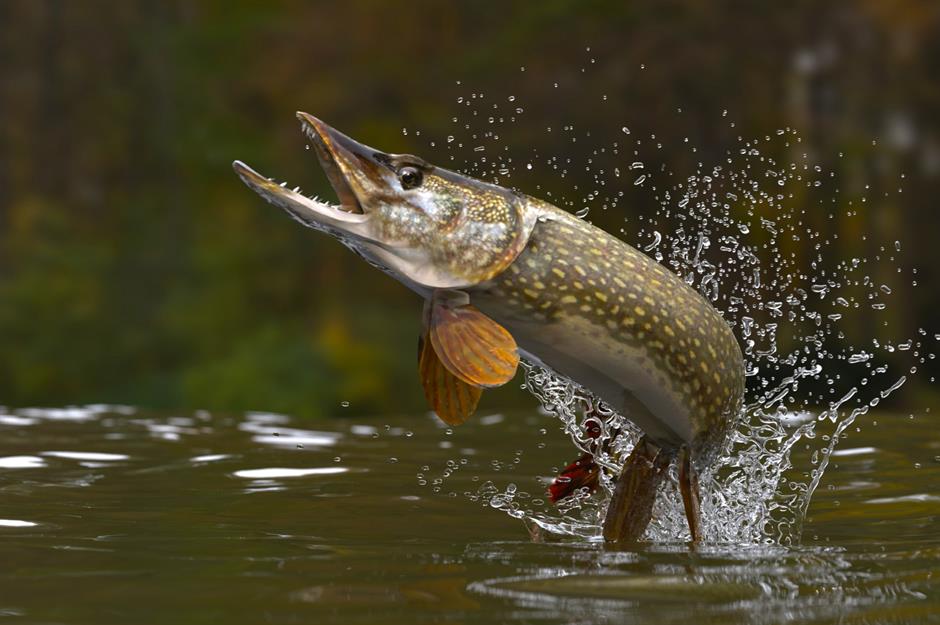
Closely related, northern pike and muskellunge (muskies) are freshwater fish found in the Great Lakes. Pike are more numerous and widespread, while muskies can grow significantly larger, with some reaching up to six feet (1.8m) in length.
These fish generally don't attack humans intentionally. However, their sharp teeth can cause painful bites to unsuspecting swimmers and anglers. In 2020, a Winnipeg woman sustained serious leg injuries requiring surgery after being bitten by a large muskie in Ontario.
15. Wolverine
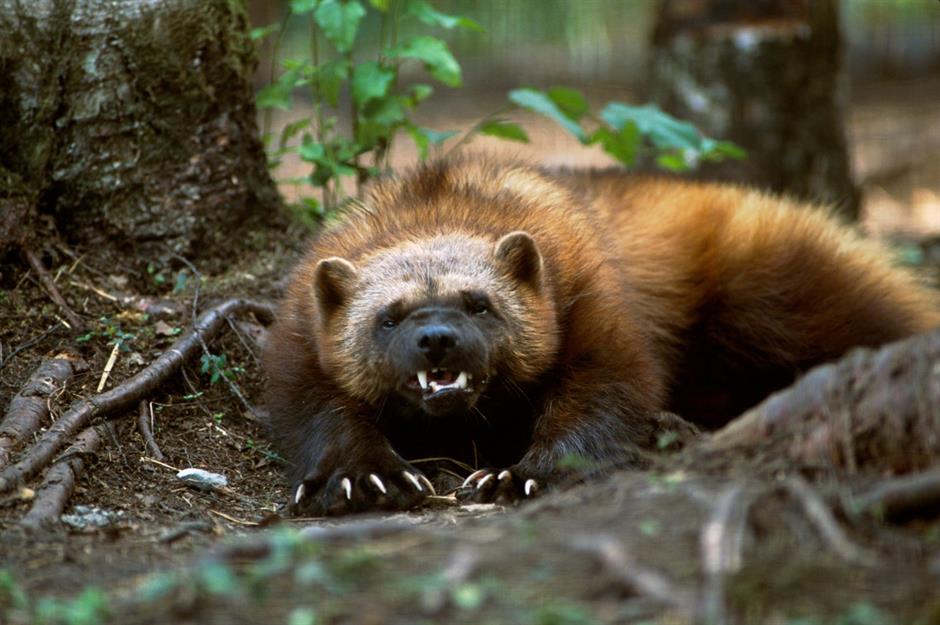
These opportunistic scavengers and predators live in Canada’s Arctic tundra. Solitary by nature, wolverines are unlikely to be seen by humans, much less attacked, but they have gained a reputation for being fierce and territorial – at least in part thanks to the Marvel character.
While the body count of the fictional Wolverine might be high, there have been no recorded human deaths attributed to a real wolverine. However, as with many animals on our list, they are unpredictable wild creatures, prone to aggression if provoked.
14. North American beaver
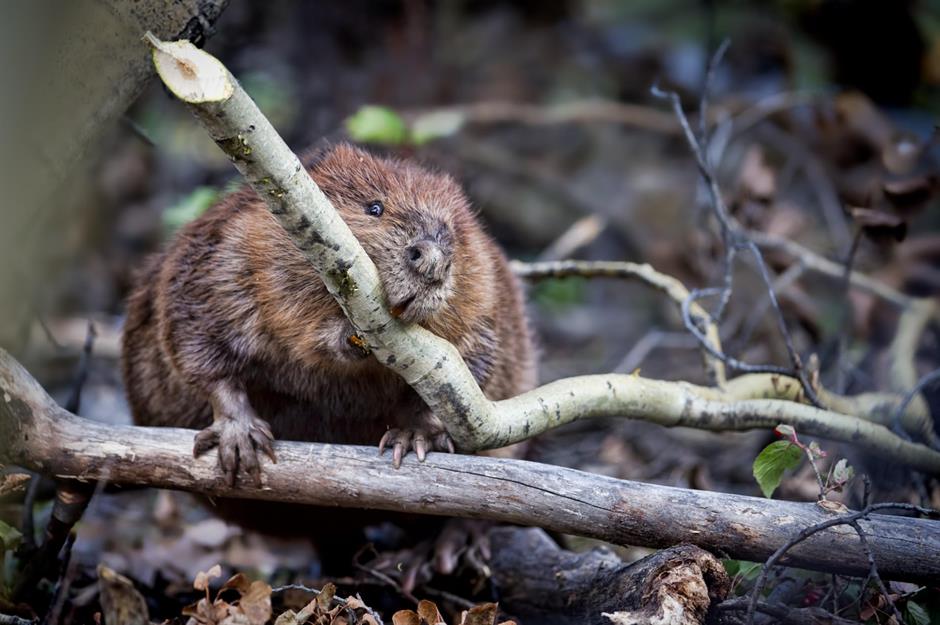
Canada’s national symbol, the North American beaver is another cute but potentially dangerous animal. They live throughout Canada, wherever there are rivers, creeks and lakes – including in cities.
Though generally shy, beavers can become aggressive if threatened, and their teeth are capable of causing serious injuries. Attacks on humans are rare, but have occurred – and while rabies is uncommon in Canadian beavers, any bite should be treated with medical attention.
13. Prairie rattlesnake
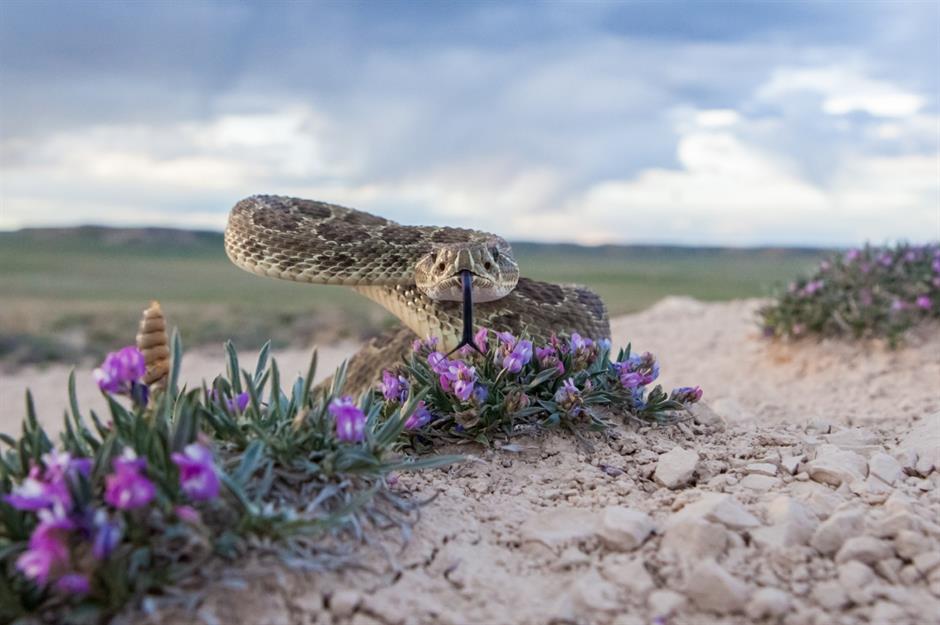
Prairie rattlesnakes are one of Canada’s three venomous snake species. Found in southeastern Alberta and southwestern Saskatchewan, their population is estimated at around 20,000 to 28,000.
Shy by nature, prairie rattlesnakes prefer to avoid confrontation but may strike if provoked or startled. Their venom is hemotoxic, targeting blood and tissue and causing swelling, pain and potential damage. Bites are rare and fatalities uncommon, but medical treatment is essential.
12. Wood bison
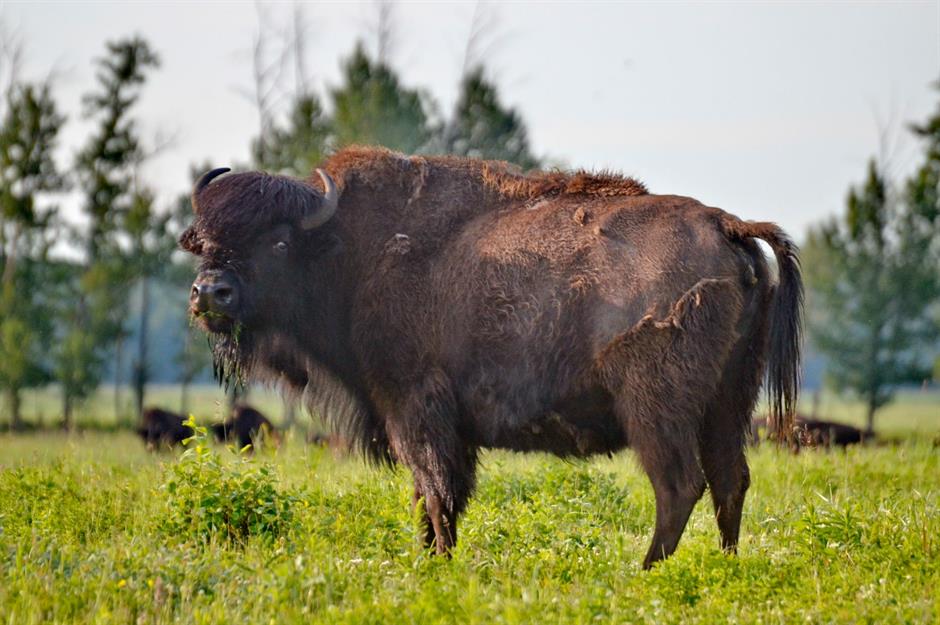
Wood bison can be found across British Columbia, Alberta, Yukon and Northwest Territories. Like the orca, it makes the list mostly due to its size. Weighing in at over 900kg (1,984lb) and with the ability to charge at 31 miles per hour (50km/h), it has the potential to make a real impact.
In addition to their size and speed, the animals are dangerous due to their unpredictable behaviour. The risks to humans are mostly the potential for vehicle collisions, especially at night.
11. Massasauga rattlesnake
Ontario’s only venomous snake just edges the prairie rattlesnake, as encounters in populous areas are more likely. Usually shy, the massasauga rattlesnake will strike in self-defence or if it feels threatened, such as when inadvertently stepped on.
Bites are painful and potentially life-threatening as their venom is cytotoxic, meaning it can cause tissue damage. There have been two recorded deaths from massasauga rattlesnake bites – but none in the last 50 years.
10. Grey wolf
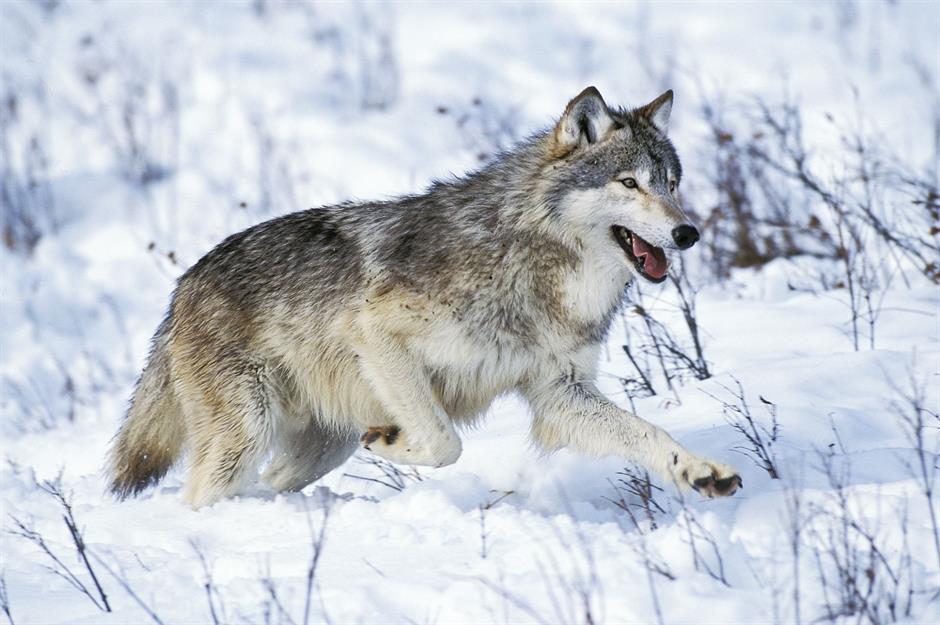
Canada is home to the world’s largest grey wolf population – at around 60,000 (double the number of Russia, which has the second highest population). They can be found in diverse habitats across 10 Canadian provinces and territories, from forests and prairies to mountains and frozen tundra.
Grey wolves only pose a threat to humans if they feel threatened or are provoked. Worldwide, between 2002 and 2020, there were 26 fatal wolf attacks (one in Canada), with rabies a factor in nearly half of them.
9. Cougar

There are up to 10,000 cougars (or mountain lions) in Canada. Mostly found in the west, Vancouver Island is home to the highest concentration in the world, with up to 800. Fast, powerful and weighing up to 80kg (176lb), they are fierce predators.
Cougar attacks on humans are extremely rare, as are sightings of this elusive big cat. However, encounters can prove deadly. Five people have been killed and 29 injured in British Columbia in the past century – with children the main target.
8. Deer tick
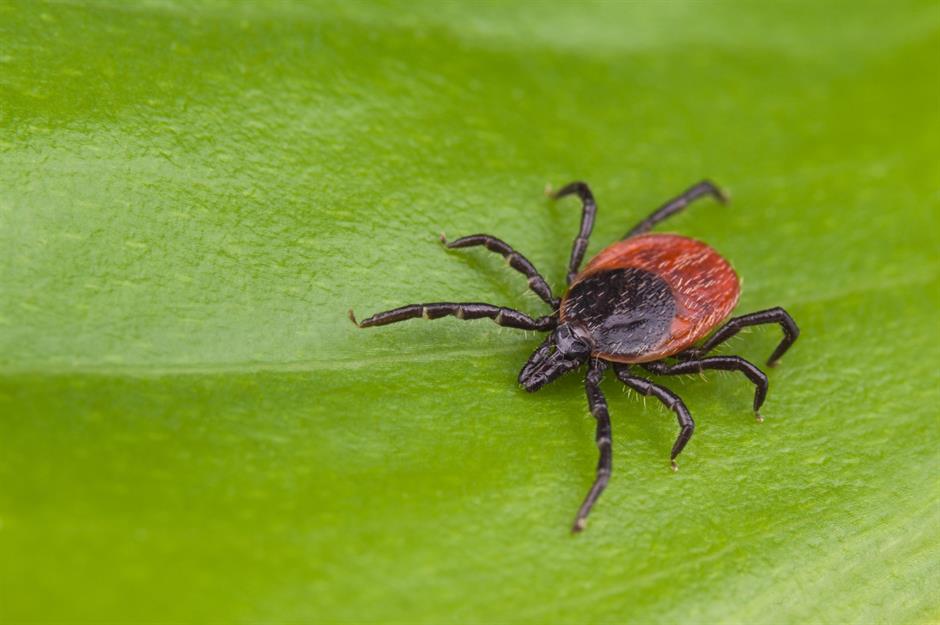
Also known as blacklegged ticks, these are the most common of the 40 types of ticks that live in Canada, with their growing populations now established in parts of southeastern and south-central Canada. Ticks latch on to hosts – including humans – and suck their blood for days or until removed.
The big danger from ticks is that they transmit bacteria, viruses and parasites. Infected deer ticks can spread things like Lyme disease, a bacterial infection which can cause long-term health issues.
7. Coyote
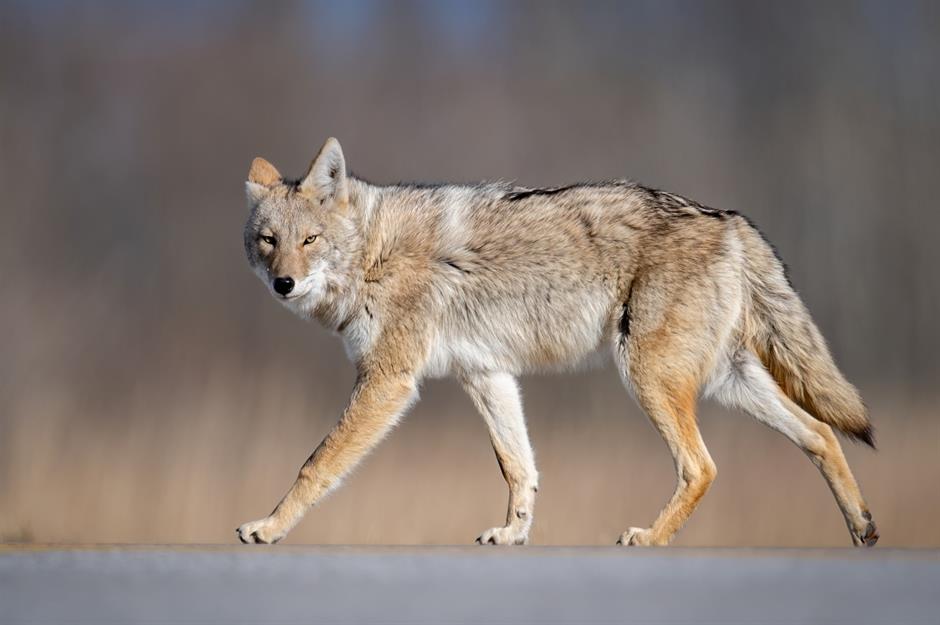
Found in cities, towns and on farms, coyotes number around 20,000 in Canada. While the cartoon Wile E. Coyote was a hapless hunter of Road Runner, real coyotes are omnivores and skilled predators, eating everything from fruit to small mammals.
Coyotes have been known to attack humans, including children, and also pose a threat to pets. These occurrences are mostly in urban settings and residential neighbourhoods where interactions are more common.
6. Mosquito
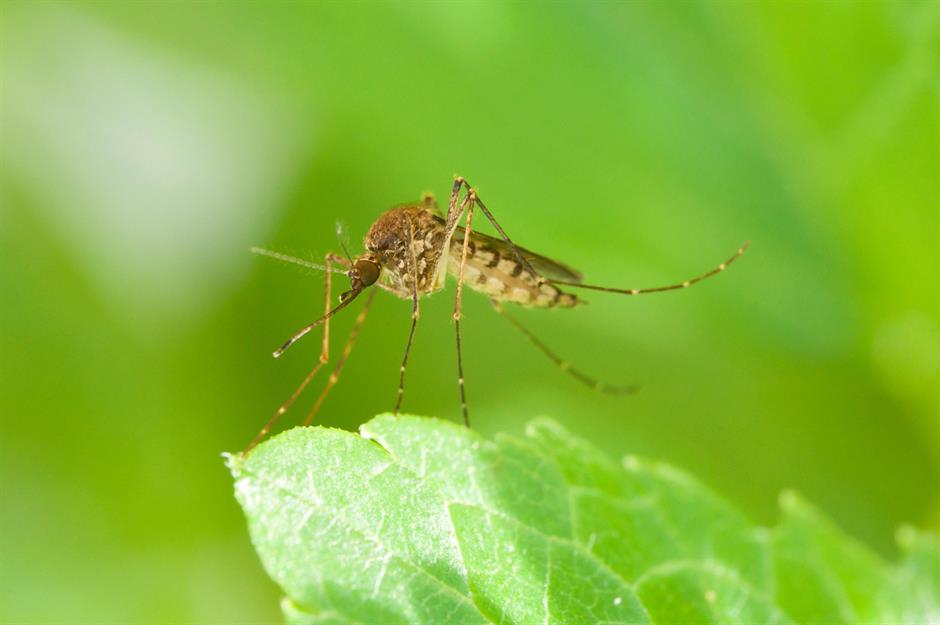
Komarno in Manitoba proudly calls itself Canada’s mosquito capital – even installing a giant mosquito statue to prove it – but they are common across the country. In fact, Canada is home to around 80 species of the flying insects.
They’re most active during spring and summer, particularly between dusk and dawn. As well as itchiness and irritation, mosquito bites can also cause disease. Worldwide, risks include contracting malaria and the Zika virus. In Canada, West Nile virus is a particular concern.
5. Black bear
.jpg)
Making their home across much of Canada, black bears are on this list largely because of their high numbers, which makes human encounters more likely. There are over 380,000 black bears in the country, compared to roughly 25,000 grizzly bears.
Black bears are generally shy but can become aggressive if threatened or surprised. Most encounters happen when people invade their territory or leave food out in campsites and residential areas. Across North America, black bears have been responsible for 61 documented human fatalities since 1900.
4. Wild boar

Wild boars, also known as wild pigs, have been experiencing a significant population increase in Canada. The Canadian population is around 62,000, primarily in Saskatchewan, Alberta and Manitoba – the ‘prairie provinces’. Destructive and opportunistic omnivores, wild boars are no friend of farmers.
Aggressive and large, with sharp tusks, boars also spread diseases, such as swine flu, and can cause vehicle accidents. Globally, between 2000 and 2019, there were 1,532 wild pig attacks on humans. In fact, researchers found they account for more deaths than sharks.
3. Grizzly bear
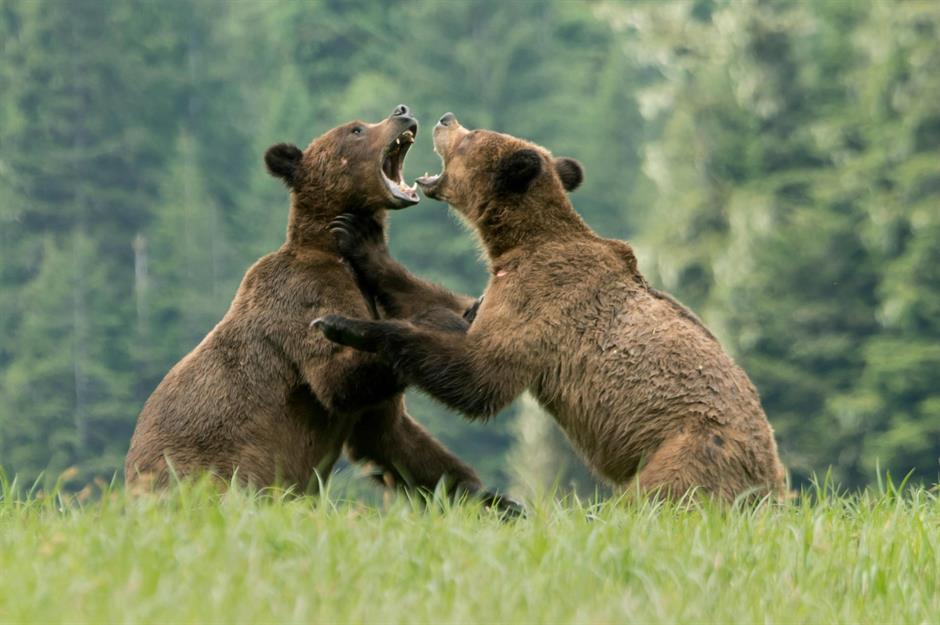
Found in parts of western Canada, including British Columbia, Alberta, Yukon and the Northwest Territories, grizzly bears are powerful and unpredictable. Again, it’s rare for grizzlies to go after humans. In fact, black bears account for around 70% of all bear attacks in Canada.
However, grizzlies are more aggressive. In 2023, a couple was killed by a grizzly in Banff National Park and in 2024, a woman was attacked in Yukon – she was saved only due to her dog’s intervention.
2. Polar bear
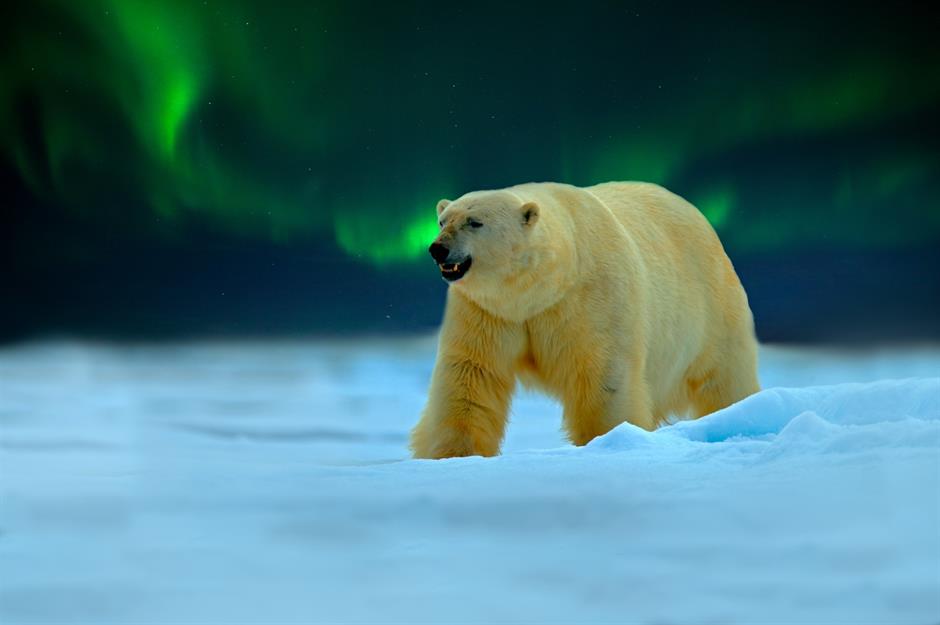
Second, we have polar bears – formidable predators and the largest land carnivore. Canada is home to around 17,000 polar bears, which live in the Arctic regions, including Nunavut, the Northwest Territories and northern Manitoba.
Between 1870 and 2014, there were 73 confirmed polar bear attacks across the five countries bordering the Arctic Ocean (Canada, Greenland, Norway, Russia and the United States), resulting in 20 human fatalities. More recently, in 2024, two polar bears killed a worker at a radar station on Brevoort Island in the Canadian Arctic.
1. Moose
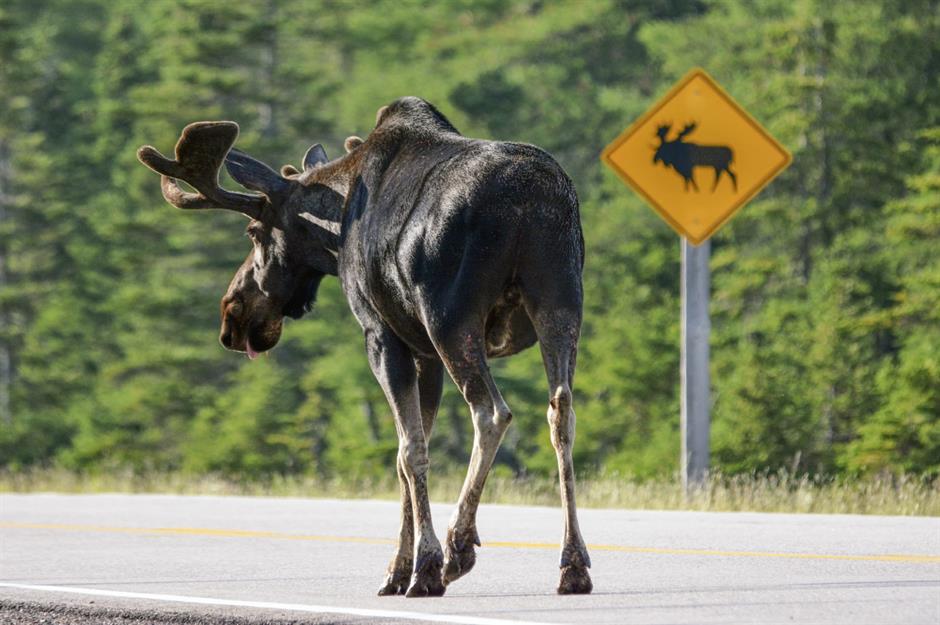
While they might look docile, the humble moose takes the top spot on our list. They can be found across Canada, particularly in wooded and forested areas. Moose can get aggressive – especially during rutting (breeding) season or when protecting their calves.
However, the greatest danger comes from vehicle collisions. Weighing up to 720kg (1,590lbs) and standing over 6.5 feet (2m) tall, a moose can do serious damage. In Newfoundland and Labrador alone, there are hundreds of moose-vehicle collisions reported annually.
Comments
Be the first to comment
Do you want to comment on this article? You need to be signed in for this feature